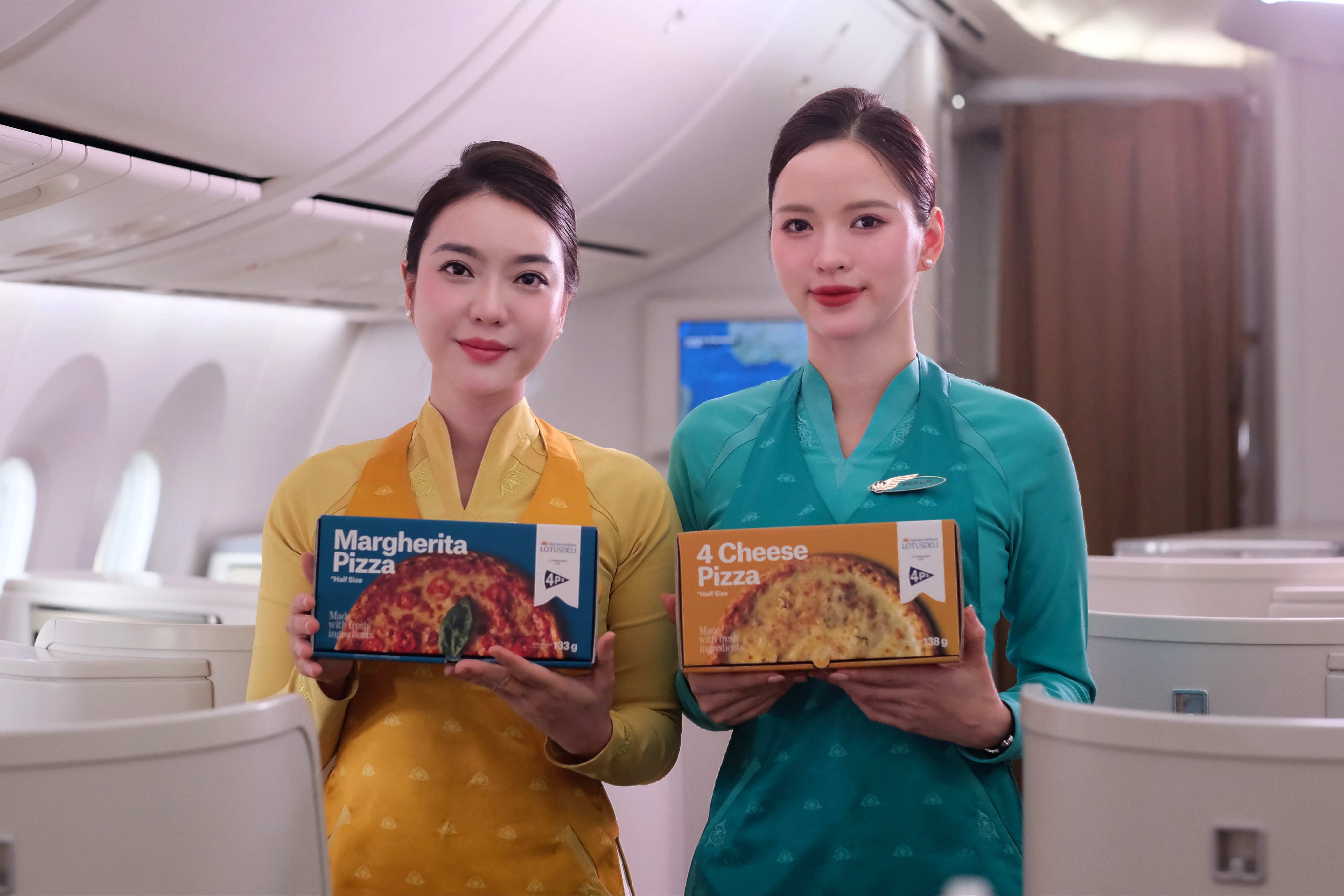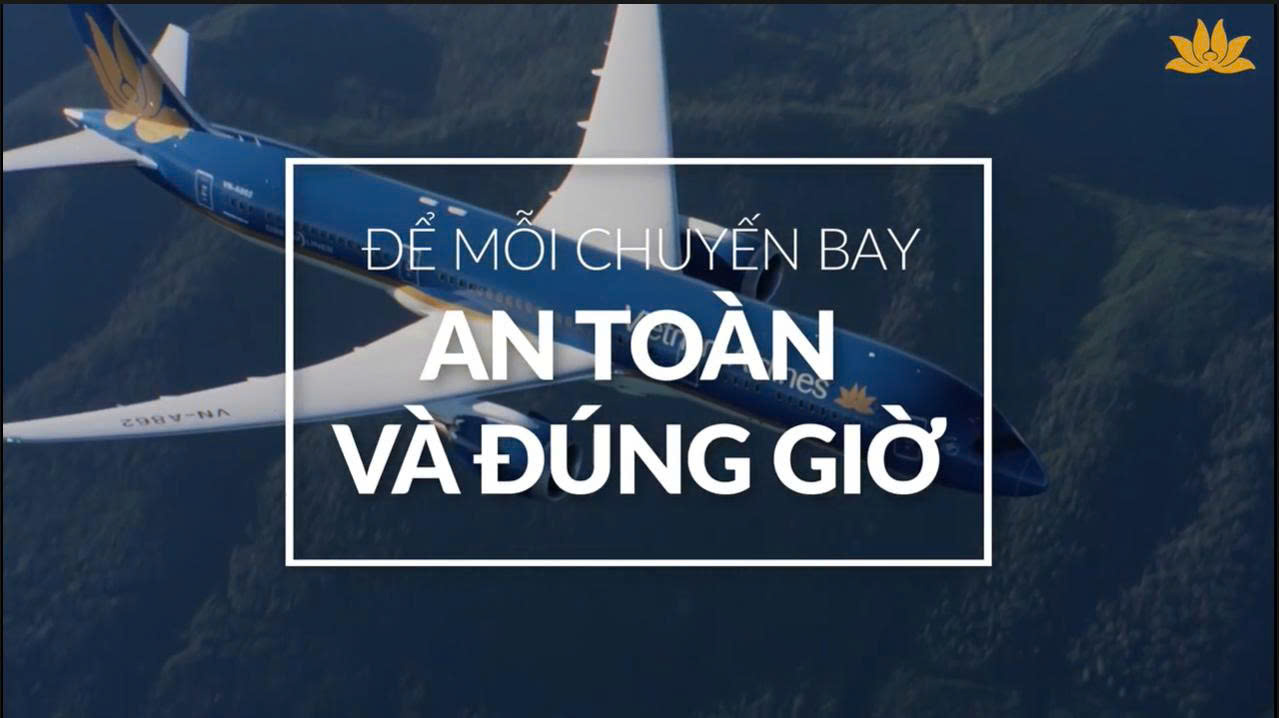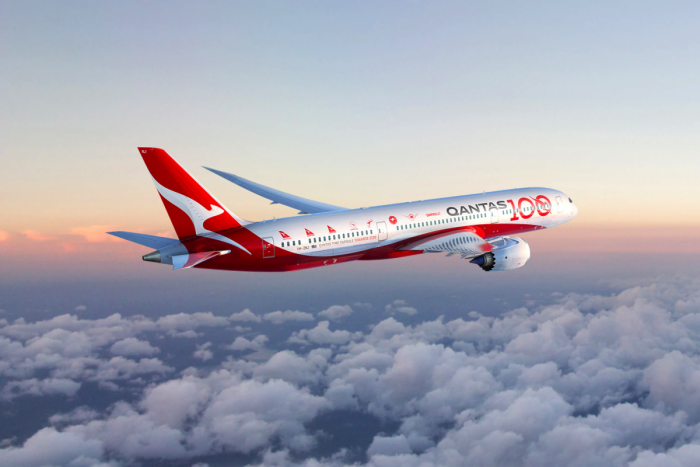
2020 will be an important but challenging year for the aviation industry. Photo: Qantas.
Sustainable fuel
One trend that we can expect to see becoming more pronounced in 2020 is carriers using increasing quantities of sustainable aviation fuel. The airline industry will come increasingly under the microscope with regard to its environmental credentials, and sustainable aviation fuel is one way of addressing government and public concerns.
Sustainable fuels are essentially biofuels for aircraft, with any fuel achieving sustainability certification having met criteria related to its global environmental, social and economic impact. As the carbon footprint of airlines becomes an ever greater hot potato issue, more and more carriers will be switching to these fuels in an attempt to reduce their environmental impact.
Profitability
Profitability is also highly likely to be an issue for carriers after the International Air Transport Association (IATA) cut its estimate for 2020 earnings in the aviation industry by around 20%. The IATA represents 290 aviation industry companies, which account for 82% of scheduled airline traffic. As margins get tighter in the industry, many carriers will be feeling the pinch.
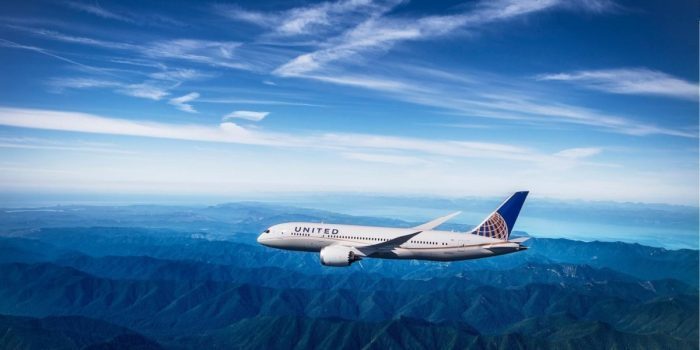
Sustainability and environmental credentials will come sharply into focus in 2020. Photo: United Airlines.
New technology
Technology will also be a talking point in 2020, with the airline industry always keen to embrace the latest innovations. Robotic assistants will become a more common sight in airports next year, while the adoption of 5G networks will also continue apace.
Artificial intelligence, augmented reality and virtual reality will all begin to play a bigger part in the customer experience in 2020. And airlines and airports also continue to explore blockchain technology as a way to improve safety and security at airports, in both booking and tracking functions.
Customer focus
In a competitive and profit-challenged industry, the good news for passengers in 2020 is that the customer will be king. Airlines will be courting customers more than ever over the next 12 months, and this means more deals, more flexibility, and more focus on the passenger experience. While this will take many forms, it has also been reported that some airlines may allow passengers to begin taking liquids on board flights once more next year, which will be made possible by new scanning technology.
Elsewhere, Premium Economy is set to continue its rise to prominence. Airlines love this classification, not because they love delivering for their customers, but because it makes them more money per square foot than any other part of their airplanes! As more carriers introduce Premium Economy, there will be more choice for passengers, but they’ll have to shop around in order to get the best deals in a crowded marketplace.
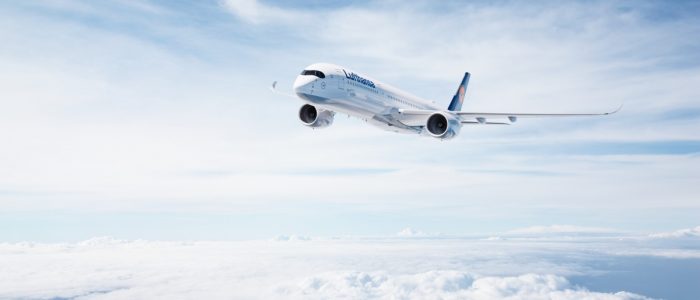 Skills shortages continue to be a major issue for airlines as 2020 approaches. Photo: Lufthansa.
Skills shortages continue to be a major issue for airlines as 2020 approaches. Photo: Lufthansa.
Labor issues
Finally, despite the fact that aviation retains something of a glamorous image, the industry continues to seek new ways to attract young people to work in it. According to HR.com, 42% of aerospace leaders consider a labor shortage in the maintenance technician field to be their most urgent challenge, ranked above even climate change and Brexit.
The picture that is painted for aviation in 2020 is an industry that is rapidly developing and embracing new innovations while facing up to some massive challenges that will define the future direction of the industry.
Cre: Simple Flying
Nguyen Xuan Nghia – COMM




